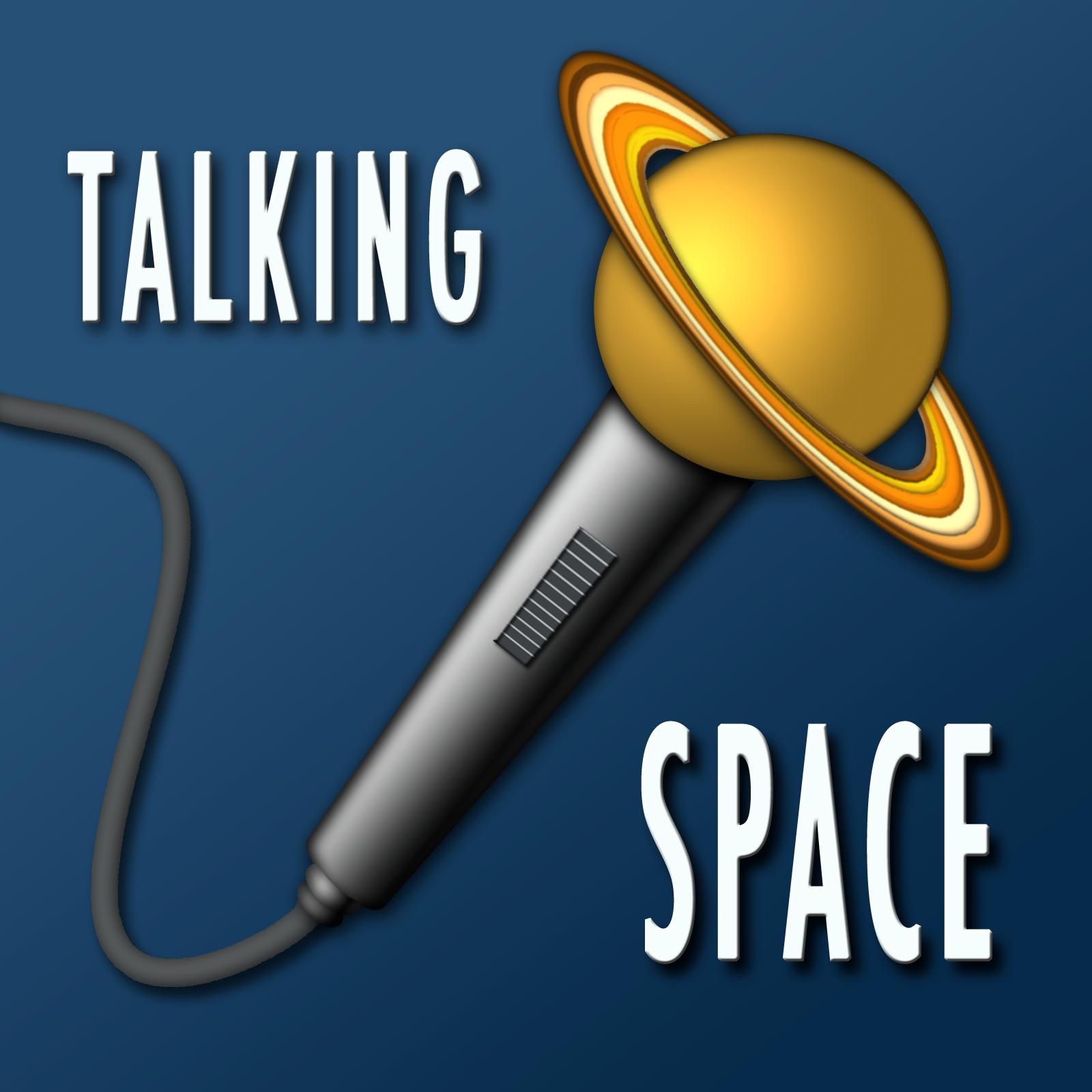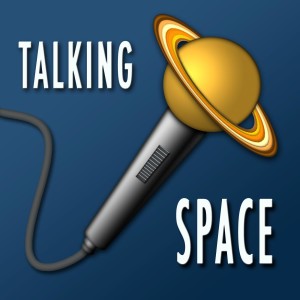
This
week we take a journey from the halls of Congress out through our solar
system, and then journey out to a point 1.3 billion light years away
from home. On February3rd, the Space Subcommittee of the House Committee on Science, Space, and Technology
met to discuss the current status of NASA’s Journey to Mars, and how it
may survive past the current presidential administration. We examine
the winners and losers in the 2017 NASA budget proposal. NASA announces the Exploration Mission 1 Launch Director and we discuss the Cygnus OA-6 Mission launch delay.
The Year In Space increment on board the International Space Station is coming into the home stretch, while back on Earth, the primary mirror of the James Webb Space Telescope (JWST) is completed.
European Space Agency’s Rosetta mission continues, but without the Philae lander that made landfall on Comet 67P in November. There has been no response from Philae since July and ESA has announced they will stop trying to contact the spacecraft. We discuss some of the highlights and lessons learned from this milestone mission. NASA releases a terrain map of Pluto’s ‘heart’ region, based on New Horizon’s spacecraft data , revealing a few big surprises.
The final story: the discovery of gravitational waves from the collision of two massive black holes. These waves reached our own planet this past September and were detected by the freshly-upgraded advanced Laser Interferometer Gravitational-wave Observatory (LIGO), providing the first proof of parts of Albert Einstein’s theory of general relativity. What does this mean and why is it so exciting? We break it down for you
The LIGO comic by Talcott Starr discussed in the episode can be found here and make sure to give it a like if you enjoy it.
Host: Sawyer Rosenstein
Panelists: Kat Robison and Kassy Tamanini
More Episodes
 2010-09-21
2010-09-21
 1.3k
1.3k
 2010-09-14
2010-09-14
 128
128
 2010-09-07
2010-09-07
 130
130
 2010-08-31
2010-08-31
 100
100
 2010-08-24
2010-08-24
 124
124
 2010-08-23
2010-08-23
 117
117
 2010-07-28
2010-07-28
 236
236
 2010-07-20
2010-07-20
 523
523
 2010-07-14
2010-07-14
 111
111
 2010-07-04
2010-07-04
 478
478
 2010-06-29
2010-06-29
 87
87
 2010-06-28
2010-06-28
 87
87
 2010-06-20
2010-06-20
 99
99
 2010-06-08
2010-06-08
 1.2k
1.2k
 2010-06-03
2010-06-03
 78
78
 2010-05-24
2010-05-24
 431
431
 2010-05-17
2010-05-17
 123
123
 2010-05-10
2010-05-10
 80
80
 2010-04-27
2010-04-27
 139
139
 2010-04-21
2010-04-21
 124
124
Create your
podcast in
minutes
- Full-featured podcast site
- Unlimited storage and bandwidth
- Comprehensive podcast stats
- Distribute to Apple Podcasts, Spotify, and more
- Make money with your podcast
It is Free
- Privacy Policy
- Cookie Policy
- Terms of Use
- Consent Preferences
- Copyright © 2015-2024 Podbean.com




